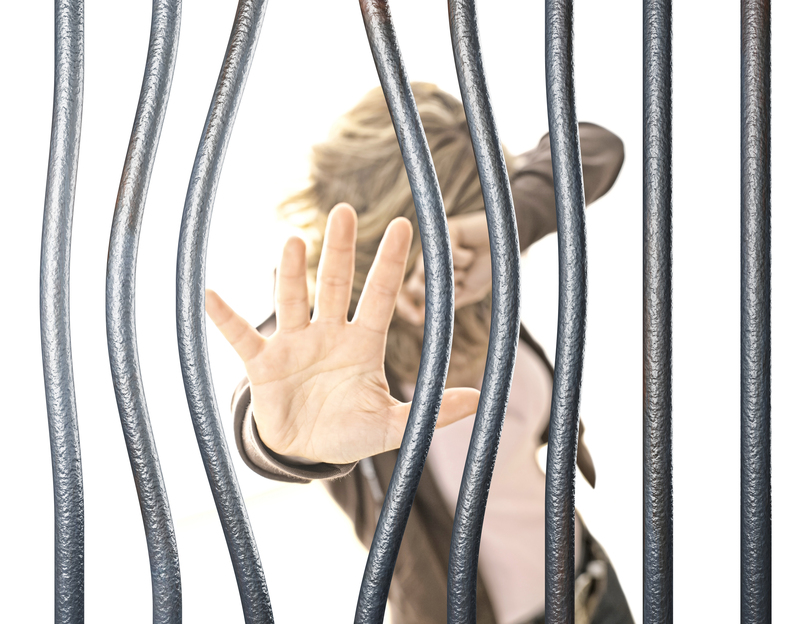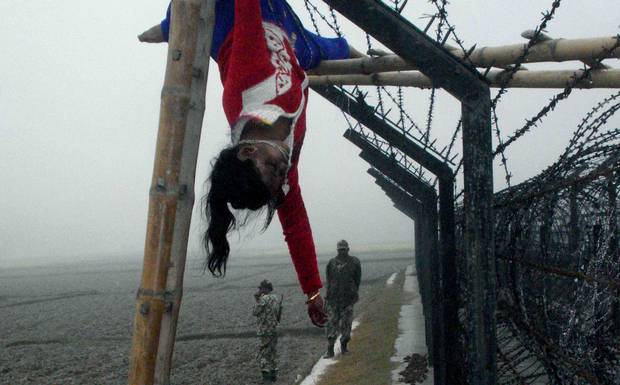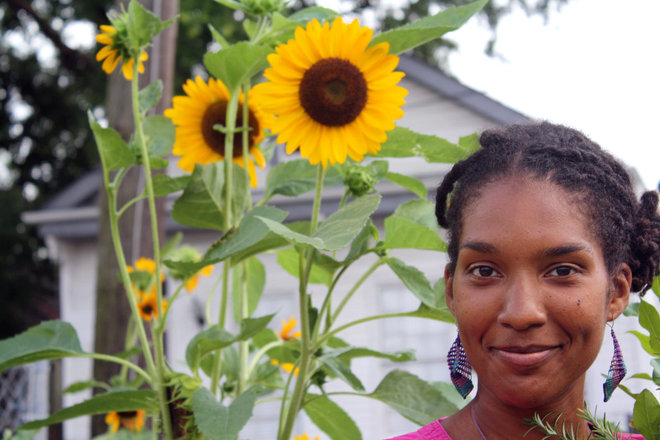
I see Ché
on the streets
of Morocco
and Egypt
and elsewhere too
(And not just
on sale
in the market
of labels
and brand-names
and football stadiums)
I see Ché
articulated
on posters
banners
and T-shirts
I see Ché
to my left
to my right
and in between
too
(Are there women
rebelling and protesting
in the food-chain of
African-grey male-dictators
and anti-female traditions)
(Africa, our begging bowl
of structured poverty
and personal patronage)
I see Ché
Do you
(Wide-eyed at seeing our anti-hero on the streets of Darkest Africa, the week of 24-28 January 2011.)
(Photo Credit: Cryptome)






